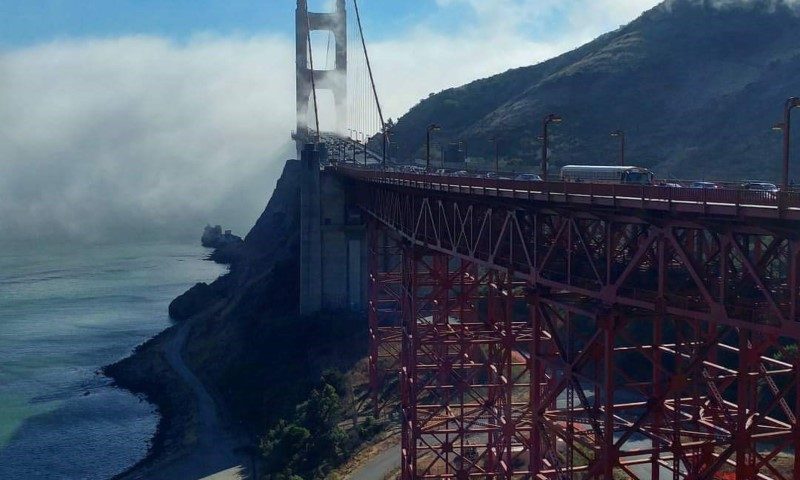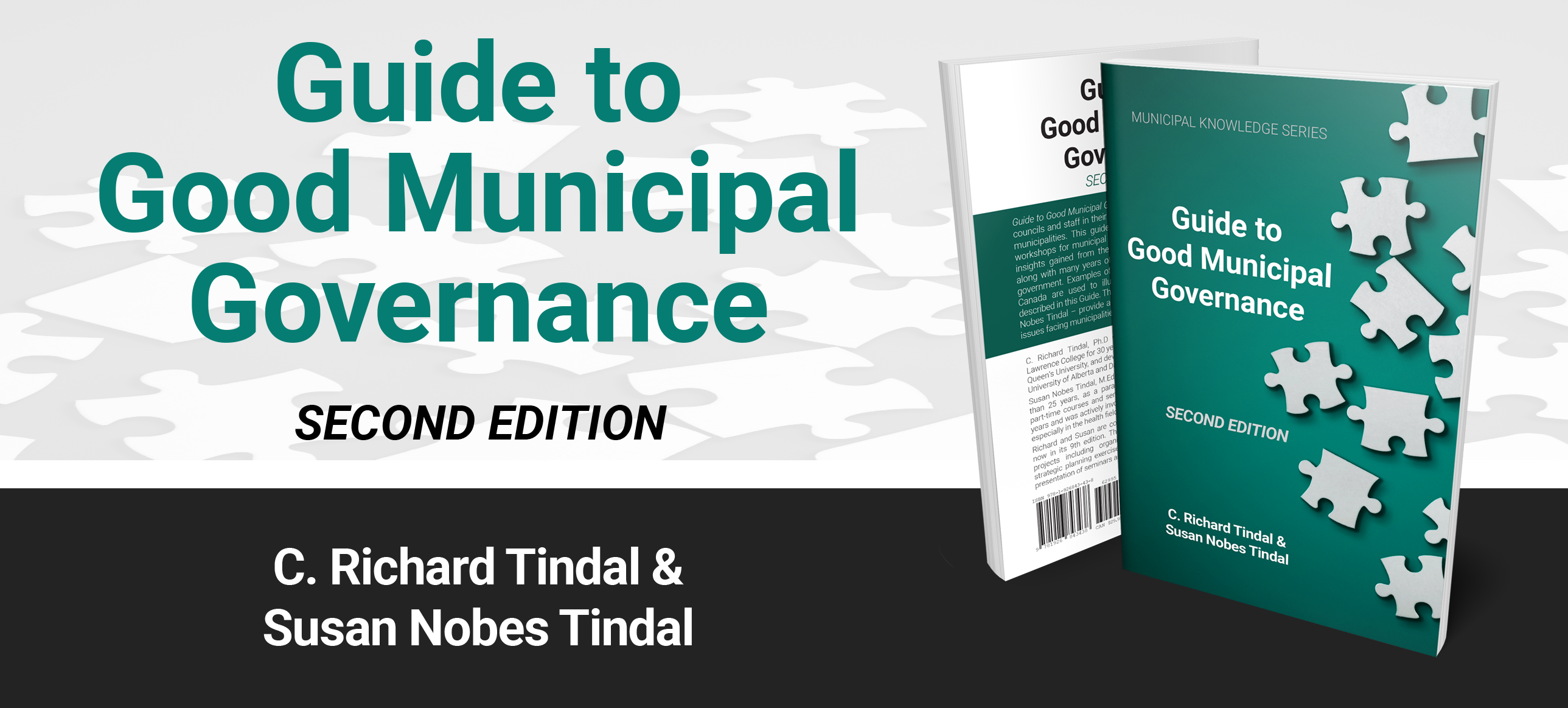Managing diversity and change in Silicon Valley and the San Francisco Bay Area

Above: Two San Francisco Icons: the mist from the hills and the Golden Gate Bridge.
In the San Francisco Bay Area, a visitor would not feel they are in the country that elected Donald Trump president. In this city region, one sees ethnically diverse Silicon Valley suburbs in neighbourhoods where Indian, Pakistani, or Chinese people (part of that amorphous group labelled “Asian”) are the majority. In the City of San Francisco, one can visit neighbourhoods like Castro (which played a crucial role in the LGBTQ rights movement) and Haight Ashbury (where the 1960s hippie culture seems to continue 50 years after the Summer of Love). Campuses like the University of California Berkeley and Stanford University are places where education and research thrive – and Berkeley, in particular, is an iconic hub of progressive politics.
The area is a place of variety and diversity, where people can be themselves. It is a city region that includes preppy businesspeople in Palo Alto (near Stanford University) and progressive activists (Berkeley).
This is not to say that there are no challenges here. Gentrification threatens to diminish the diversity and bohemian culture that is the city’s appeal and the changing ethnic makeup of the Silicon Valley suburbs has brought tensions with it.
Gentrification and Change
In places where there is economic decline and/or stagnation, a new IT firm or an influx of tech workers is a welcome change, as it signals economic growth and progress. This would be the case in many Rust Belt cities in the Great Lakes region. In the City of San Francisco, however, the situation is more complex. The influx of tech workers into the city has brought benefits – increased tax revenues for local government, better quality services, cleaner and safer neighbourhoods – but, it has also brought rising rents and evictions of long-time residents. The hippies, artists, and activists who have been part of this city’s appeal are being driven out. The threat of an emerging monoculture – male affluent tech workers – looms over the city.
This has given rise to headlines such as Newsweek’s “Tech Boom Forces a Ruthless Gentrification of San Francisco” and The Guardian’s “Is San Francisco Losing Its Soul?”

Above: Victorian-style homes and steep streets in San Francisco.
Of course, healthy cities are dynamic and changing, with new people moving in and new buildings being erected. Many who are priced out of San Francisco are finding new homes in neighbouring Oakland. That said, the pricing out of long-time residents and businesses, as well as the loss of the city’s diversity, are concerns. One can understand locals protesting buses bringing home commuters from Silicon Valley. (Inversely, for many, urban San Francisco is essentially a bedroom community, while suburban Silicon Valley is the place of employment.)

Above: San Francisco’s Haight Ashbury neighbourhood, made iconic during the 1960s. Could gentrification – from rising rents and the influx of tech workers – threaten San Francisco’s bohemian culture?
Parts of the city are very – almost too much – touristy, where the focus seems more on shops that provide souvenirs. One sees many well-maintained homes, so the affluence is clearly visible. Neighbourhoods like Haight Ashbury, Castro, and Chinatown are vibrant places to visit, though one cannot help but wonder how they have changed over the past ten to twenty years – and if such change is all for the better.
You Really Know a City When You Visit the Suburbs
If the City of San Francisco is becoming less diverse – both culturally and in social class – the suburbs tell a different story. Often, in many city regions, one really learns more from the suburbs. Where cities can be manicured for tourists and gentrified – playgrounds of affluent white populations and visitors from away – one can sometimes see more income and ethnic variety in the suburbs. Often, in the suburbs, one can eat at restaurants that serve genuine food from different cultures and can meet people from different walks of life.
The Silicon Valley suburbs of Union City and Fremont have majority-minority populations where there has been an influx of Asian tech employees. While the city may offer walkability and street life, the car-dependent and strip-mall landscapes of the suburbs may actually offer more diversity of people – a bifurcation of urbanist Jane Jacobs’ vision of lively walkable streets with diverse people.

Above: Authentic Indian/Pakistani Food – Shalimar restaurant in suburban Fremont. (Fremont was a setting of the novel/movie Kite Runner, with the municipality containing a “Little Kabul” neighbourhood.)
A Chinese restaurant in the Fremont-Union City area, which I ate at, advertised that it served Halal food – no doubt to appeal to Muslim Pakistanis who live in the area. At a crowded Indian-Pakistani food restaurant (Shalimar) in Fremont, I could only spot two white people, the majority of the patrons being Asian (especially of South Asian backgrounds). In an office-park neighbourhood, I attended services at a mosque that was located in a generic suburban building that also served as a Muslim-South Asian community centre (including offices of lawyers of South Asian-Muslim background).
Visiting the sprawling suburban campus of Facebook, one sees many employees who are Asian, a contrast to the company’s Board of Directors, which was all white (until very recently) and includes only one woman. One cannot help but notice another disparity, that most of the famous Silicon Valley entrepreneurs – such as Elon Musk, Mark Zuckerberg, etc. – are white and not representative of the large number of employees who are Asians.
While there has been an improvement in upward mobility for Asians in Silicon Valley over the past few years, it is still disproportionately white at the senior levels. One cannot help but wonder if the image of Asians as intellectual grunt workers still predominates. One must also wonder if the kind of networking necessary for career advancement would be difficult for African American and Hispanic programmers/engineers who could be shunned by both Asians and white people.
The University of Maryland, College Park’s Willow Lung-Amam has written on the growing Asian population in Silicon Valley suburbs in her book Trespassers? Asian Americans and the Battle for Suburbia. She comments on the tensions (housing, education, etc.) as Asian cultural influence comes into the suburbs, with whites leaving these neighbourhoods as more Asians move in.
The suburbs of Silicon Valley and San Francisco are dynamic and changing, offering a cultural diversity that belies the traditional image of suburbs as affluent mono-cultural enclaves.
A Tale of Two Campuses
The variety found in the Bay Area can be seen in two of the region’s internationally famous universities – Stanford University and the University of California at Berkeley – and their respective university towns – Palo Alto and Berkeley.

Above: The University of California, Berkeley campus.
Both campuses/university towns have different “vibes” to the visitor. Palo Alto is the headquarters of Tesla Motors and has been the incubator of tech companies like Google and Facebook. One sees the money in Stanford and Palo Alto, well maintained, architecturally beautiful, and often opulent, buildings. In downtown Palo Alto, one sees well-dressed people and readily overhears conversations about investments and tech start-ups. In HanaHaus, for example, a coffee shop and shared workspace in downtown Palo Alto, one can relax among fountains and Spanish/Roman style architecture.

Above: Stanford University (at night).
In Berkeley, in both the campus and the university, one sees beautiful and architecturally significant buildings, but it seems less manicured than Stanford and Palo Alto. Overall, the atmosphere is more laid back. One sees people of a variety of income levels and cultural backgrounds in Berkeley, the gentrification that has hit San Francisco does not seem to be as evident here. On University of California (UC), Berkeley campus, one can see iconic sites of the 1960s counterculture; in the adjacent City of Berkeley, one sees a variety of delis, and a plethora of coffee shops and stores.
Both campuses and university towns are examples of the diversity of the Bay Area as a whole, where different municipalities offer a variety of venues for different people and different tastes. It speaks to a dynamic nature of the region as a whole, an evident diversity in this sprawling and multi-polar city region, with multiple cultural and economic centres.
The Policy Context – Moving Forward For a Diverse and Prosperous City-region
The San Francisco Bay Area is a culturally and economically diverse region. This diversity is a strength, both in attracting talent and in promoting a vibrant and culturally diverse region. However, it has the potential to be a source of division and isolation when people retreat into their economic sectors (i.e., high-tech) or cultural groups (reinforced with municipal boundaries). Tech entrepreneurs and executives may not fully be cognizant of the concerns over gentrification, tech workers may not see the city being lost as artists and bohemians are priced out, and people of different cultural backgrounds could feel isolated and alienated from each other.
There needs to be a common sense of purpose in the San Francisco Bay Area, including the recognition of a common economic space and of common planning interests. For example, soaring housing costs are driving away talent and hindering the economies of San Francisco and Silicon Valley.
The home rule system of local government – with its promotion and preservation of municipal fragmentation in metropolitan regions – can make achieving a common sense of metropolitan purpose difficult. Discussing Detroit, former Labor Secretary and current UC Berkeley professor, Robert Reich, writes that, “Forty years ago, most cities (including Detroit) had a mixture of wealthy, middle-class, and poor residents. Now, each income group tends to live separately, in its own city, with its own tax base.”
This is applicable, in many ways, to the San Francisco Bay Area. A plethora of municipal units can reinforce economic and ethnic separation. Local administrative structures that promote and institutionalize metropolitan cooperation are needed. For example, in housing, coordination over promoting density – not just urban high rises but townhouses and low rise apartments in suburban areas where single-dwelling homes predominate – is a necessity. New regionalists, such as Peter Dreier, John Mollenkopf, and Todd Swanstrom, explore forms of institutionalized metropolitan cooperation to promote regional planning and service delivery, as well as a common sense of metropolitan purpose.
In addition to institutionalized regional cooperation, the involvement of other orders of government – state and federal – is important in promoting multiculturalism, immigration, and metropolitan policy. This involves a range of policy areas, including housing, labour, and education, among others, to promote equity and economic prosperity. Blair Ruble, of the Woodrow Wilson Center, writing for Meeting of the Minds, highlights the importance of federal, provincial, and local orders of government in promoting multiculturalism and economic development in the context of Toronto. This involves a range of policy areas. As Ruble writes:
If Canadian federal policies fostered the context for metropolitan transformation, Ontario provincial and Toronto municipal policies have proven critical for insuring that diversity would become an asset rather than a liability. More often than not, regional and local officials were driven by the exigencies of an increasingly modern economy that required a workforce that was mobile, educated, and literate. Watching the immigration story unfold, local elites at the provincial level moved to standardize education, labour practices, and cultural policies.
Thus, to promote the continuing prosperity of Silicon Valley and the San Francisco Bay Area, and to ensure dialogue and a common sense of purpose across economic sectors and cultural groups, a metropolitan strategy – involving multiple orders of government and a range of policy spheres – is essential. MW
Hassan Arif is a lawyer and an academic. He has a Ph.D. in Sociology from the University of New Brunswick, where he now teaches.



